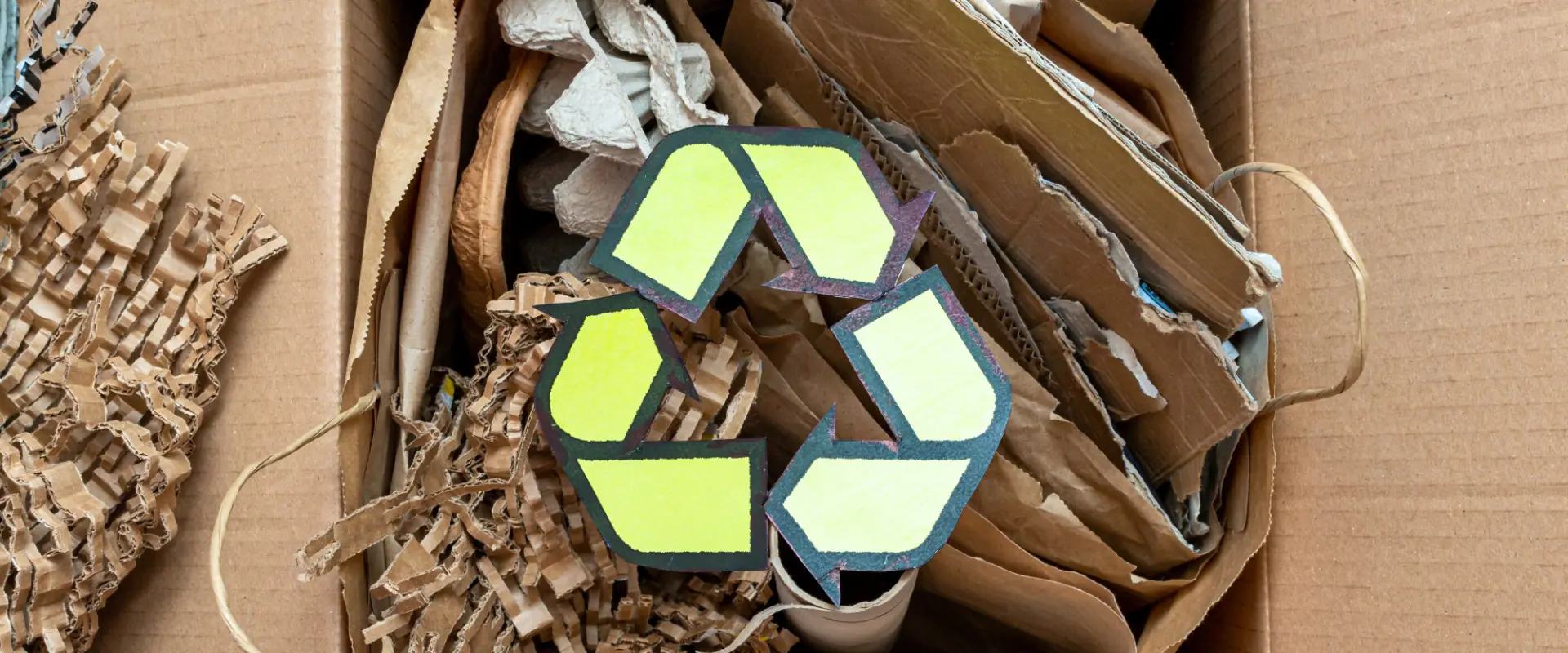Cardboard boxes are a staple in shipping, moving, and storage. However, once their primary use is fulfilled, these boxes often end up discarded. Instead of throwing them away, consider the benefits of recycling and reusing cardboard boxes. This not only helps the environment but can also be cost-effective and resourceful. Here’s a guide on how to recycle and reuse cardboard boxes effectively.
Recycling Cardboard Boxes
Recycling is one of the most environmentally friendly ways to dispose of cardboard boxes. Here’s how you can do it:
- Break Down the Boxes: Start by breaking down the boxes into flat pieces. This makes them easier to handle and transport.
- Remove Non-Cardboard Materials: Remove any tape, labels, and other non-cardboard materials. These can interfere with the recycling process.
- Keep Them Dry: Ensure the cardboard is dry and clean. Wet or contaminated cardboard can cause issues during recycling and might be rejected by recycling centers.
- Find a Recycling Center: Locate a nearby recycling center or use curbside recycling services if available. Many communities have designated recycling programs that accept cardboard.
- Bundle or Place in Bins: Depending on the guidelines of your recycling service, bundle the cardboard together with string or place it in a designated recycling bin.
Reusing Cardboard Boxes
Before deciding to recycle, consider the many ways to reuse cardboard boxes. Here are some creative and practical ideas:
- Storage: Use cardboard boxes for organizing and storing items in your home, garage, or office. Label them for easy identification.
- Moving: If you or someone you know is planning to move, reuse cardboard boxes to pack belongings. This can save money and reduce waste.
- DIY Projects: Cardboard boxes are versatile for DIY projects. They can be used to create everything from children’s playhouses and forts to storage bins and magazine holders.
- Shipping: If you frequently ship items, keep the boxes for future use. Ensure they are still sturdy and in good condition to protect the contents.
- Gardening: Use cardboard as a weed barrier in your garden. Lay flat pieces of cardboard over weeds, and cover them with mulch to prevent weed growth.
- Crafting: Cardboard is a great material for arts and crafts. Create decorations, picture frames, or even small furniture pieces. The possibilities are endless with a little creativity.
Benefits of Recycling and Reusing Cardboard
- Environmental Impact: Recycling and reusing cardboard reduce the demand for new raw materials, lower greenhouse gas emissions, and minimize waste in landfills.
- Cost Savings: Reusing boxes can save money on purchasing new storage or moving supplies.
- Resource Conservation: Recycling conserves energy and resources needed to produce new cardboard products.
Conclusion
Recycling and reusing cardboard boxes is a simple yet effective way to contribute to environmental sustainability. By taking these steps, you can reduce waste, save resources, and find creative uses for items that might otherwise be discarded.
For durable and customizable cardboard boxes tailored to your needs, visit NTXSupply.com. NTX Supply offers a wide range of eco-friendly packaging solutions to help you find the right boxes for every occasion.

